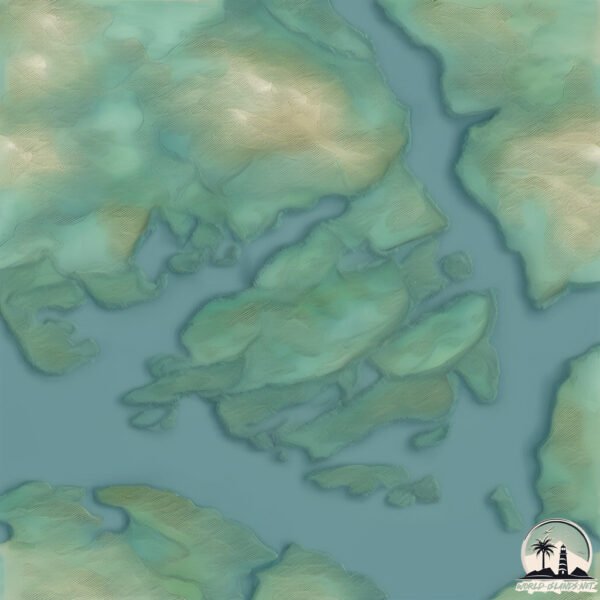Welcome to Caldera , a Polar island in the South Pacific Ocean, part of the majestic Pacific Ocean. This guide offers a comprehensive overview of what makes Caldera unique – from its geography and climate to its population, infrastructure, and beyond. Dive into the details:
Geography and size of Caldera
Size: 25.5 km²Coastline: 70.4 kmOcean: Pacific OceanSea: South Pacific OceanContinent: South America
Caldera is a Medium Island spanning 25 km² with a coastline of 70 km.
Archipel: –
Tectonic Plate: South America – A major plate covering the South American continent and part of the Atlantic Ocean, known for the Andes mountain range and significant seismic and volcanic activity.
The geographic heart of the island is pinpointed at these coordinates:
Climate and weather of Caldera
Climate Zone: PolarClimate Details: TundraTemperature: Cold
Climate Characteristics: The tundra climate features long, extremely cold winters and short, cool summers. Vegetation is limited to mosses, lichens, and small shrubs due to the low temperatures and short growing seasons. Biodiversity is low, but some specialized species thrive.
Topography and nature of Caldera
Timezone: UTC-04:00Timezone places: America/La_PazMax. Elevation: 282 m Mean Elevation: 81 mVegetation: Herbaceous CoverTree Coverage: 81%
The mean elevation is 81 m. The highest elevation on the island reaches approximately 282 meters above sea level. The island is characterized by Hills: Gently sloping landforms with rounded tops, having a maximum elevation between 200 and 500 meters. Hills contribute to a varied landscape on islands.
Dominating Vegetation: Herbaceous Cover
Vegetation: 6 vegetation zones – Very Highly Diverse Island
Infrastructure and Travelling to Caldera
Does the island have a public airport? no .
Does the island have a major port? no .
The mean population of Caldera is 1 per km². Caldera is Uninhabited. The island belongs to Chile .
Continuing your journey, Zanartu is the next notable island, situated merely km away.
My Singing Monsters: Caldera Island (ANIMATED) FULL SONG [ft. a LOT of people]
Here we go, the BIGGEST project of my channel! It's been more than 1 year since I've started Caldera Island, and I can say that ...
My Singing Monsters: Caldera Island (ANIMATED) FULL SONG [ft. a LOT of people]
Here we go, the BIGGEST project of my channel! It's been more than 1 ...
Here we go, the BIGGEST project of my channel! It's been more than 1 year since I've started Caldera Island, and I can say that ...
The Supereruption in Hong Kong; The High Island Caldera
Hong Kong was once the site of a supereruption. In fact, today the ...
Hong Kong was once the site of a supereruption. In fact, today the modern city literally sits on a portion of this volcano, specifically ...
Earth's Largest Caldera; 150 Kilometers Wide
Calderas often form during the largest explosive or effusive ...
Calderas often form during the largest explosive or effusive eruptions. So, what is Earth's largest caldera? The answer is now ...
Chile is classified as Emerging region: G20: Group of Twenty – Major economies comprising both developed and emerging countries, representing the world’s largest economies. The level of income is Upper middle income.
News – Latest Updates and Headlines from Caldera
Stay informed with the most recent news and important headlines from Caldera. Here’s a roundup of the latest developments.
Loading...
Please note: The data used here has been primarily extracted from satellite readings. Deviations from exact values may occur, particularly regarding the height of elevations and population density. Land area and coastline measurements refer to average values at mean high tide.

